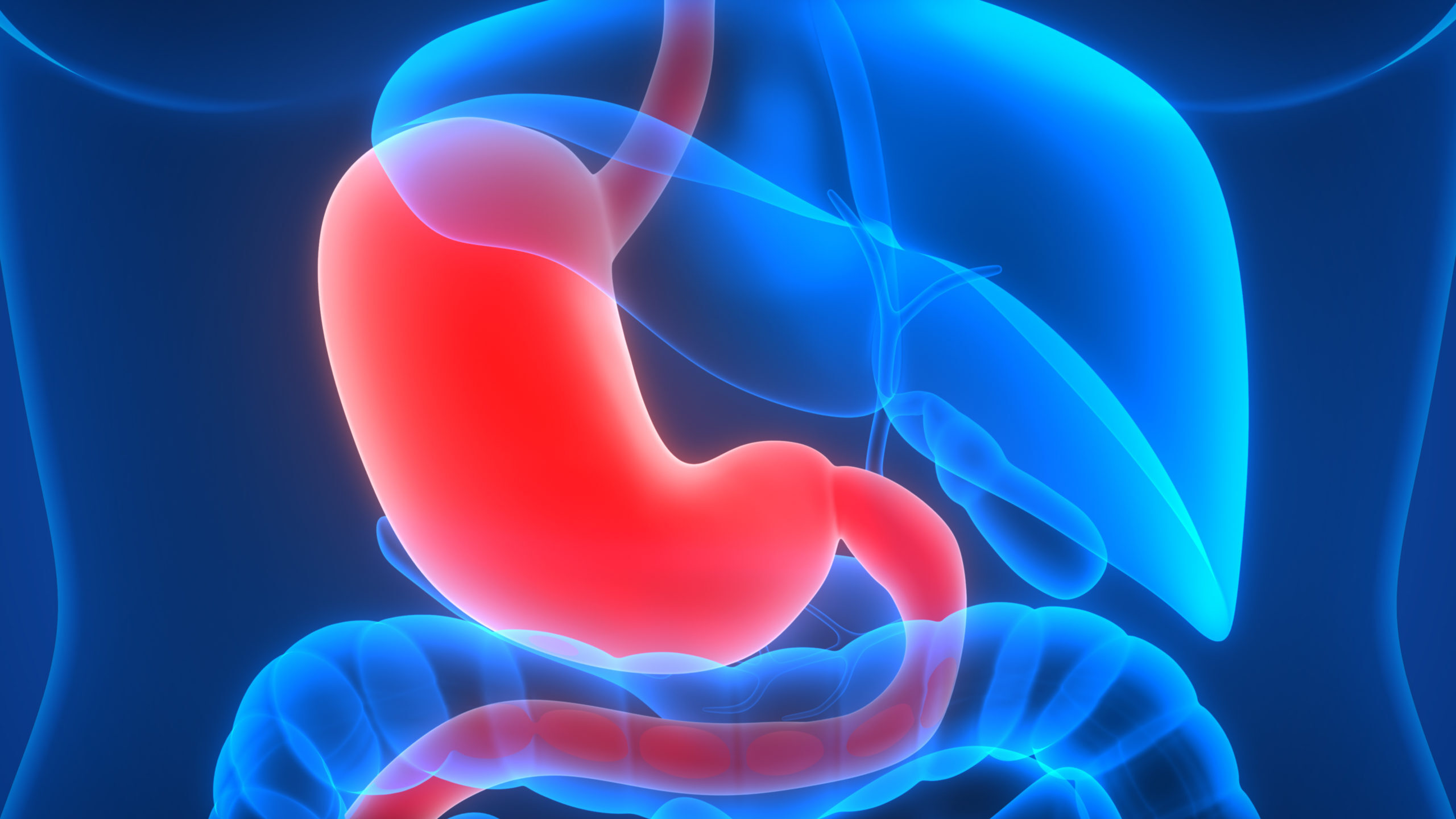
What is Dumping Syndrome? Dumping Syndrome happens when food moves too quickly from the stomach to the small intestine. This can cause symptoms like nausea, vomiting, diarrhea, and dizziness. It often occurs after surgery on the stomach or esophagus. Why does it matter? Understanding Dumping Syndrome is crucial for those who have undergone gastric surgery. Knowing the symptoms and how to manage them can improve quality of life. Who is affected? People who have had surgeries like gastric bypass or esophagectomy are most at risk. How can it be managed? Diet changes, medications, and sometimes more surgery can help. Ready to learn more? Let's dive into 40 facts about Dumping Syndrome to help you understand this condition better.
What is Dumping Syndrome?
Dumping syndrome happens when food moves too quickly from the stomach to the small intestine. This can cause a variety of symptoms that can be uncomfortable and sometimes serious. Here are some important facts about this condition.
-
Dumping syndrome often occurs after surgery. People who have had gastric surgery, like a gastric bypass, are more likely to experience this condition.
-
There are two types of dumping syndrome. Early dumping happens 10-30 minutes after eating, while late dumping occurs 1-3 hours after eating.
-
Symptoms can vary. Early dumping symptoms include nausea, vomiting, and diarrhea. Late dumping symptoms might include dizziness, sweating, and weakness.
-
High-sugar foods can trigger symptoms. Foods high in sugar can cause a rapid shift of fluid into the intestines, leading to symptoms.
-
Eating smaller meals can help. Consuming smaller, more frequent meals can reduce the severity of symptoms.
-
Protein and fiber are your friends. Foods rich in protein and fiber can slow down digestion, helping to manage symptoms.
-
Liquids can make it worse. Drinking liquids with meals can speed up the emptying of the stomach, worsening symptoms.
-
Lying down after eating can help. Resting in a reclined position after meals can slow down the movement of food.
-
Medications are available. Some medications can help manage symptoms by slowing down stomach emptying.
-
Symptoms can improve over time. Many people find that their symptoms lessen as their body adjusts after surgery.
Causes and Risk Factors
Understanding what causes dumping syndrome and who is at risk can help in managing and preventing it.
-
Gastric surgery is a major cause. Surgeries like gastric bypass or gastrectomy can lead to dumping syndrome.
-
Rapid gastric emptying. When the stomach empties its contents too quickly, it can cause symptoms.
-
Hormonal changes. Surgery can alter hormone levels, affecting how the stomach empties.
-
Certain medical conditions. Conditions like diabetes can increase the risk of developing dumping syndrome.
-
Age can be a factor. Older adults may be more susceptible to this condition.
-
Dietary habits. Consuming large meals or high-sugar foods can trigger symptoms.
-
Stress and anxiety. Emotional stress can exacerbate symptoms.
-
Physical activity. Exercising immediately after eating can worsen symptoms.
-
Genetics may play a role. Some people may be genetically predisposed to rapid gastric emptying.
-
Previous stomach infections. Past infections can alter stomach function, increasing risk.
Symptoms and Diagnosis
Recognizing the symptoms and getting a proper diagnosis is crucial for managing dumping syndrome effectively.
-
Nausea and vomiting. These are common symptoms, especially in early dumping.
-
Abdominal cramps. Painful cramps can occur as food moves too quickly through the digestive tract.
-
Diarrhea. Frequent, watery stools are a hallmark of early dumping.
-
Dizziness and lightheadedness. These symptoms are more common in late dumping.
-
Rapid heartbeat. A fast heart rate can occur as the body reacts to the rapid shift of fluids.
-
Sweating. Excessive sweating is another symptom of late dumping.
-
Fatigue. Feeling unusually tired can be a result of nutrient malabsorption.
-
Bloating. The rapid movement of food can cause gas and bloating.
-
Blood sugar changes. Late dumping can cause blood sugar levels to drop suddenly.
-
Diagnosis involves multiple tests. Doctors may use blood tests, glucose tolerance tests, and gastric emptying studies to diagnose dumping syndrome.
Treatment and Management
Managing dumping syndrome often involves lifestyle changes and medical treatments.
-
Dietary changes are key. Adjusting your diet can significantly reduce symptoms.
-
Avoid high-sugar foods. Cutting out sugary foods can prevent rapid gastric emptying.
-
Eat smaller, more frequent meals. This can help manage symptoms by slowing down digestion.
-
Increase protein and fiber intake. These nutrients can help slow down the digestive process.
-
Avoid drinking liquids with meals. Drinking liquids between meals can help manage symptoms.
-
Medications can help. Drugs like octreotide can slow down stomach emptying.
-
Surgery is a last resort. In severe cases, additional surgery may be needed to correct the problem.
-
Monitor blood sugar levels. Keeping an eye on blood sugar can help manage late dumping symptoms.
-
Work with a dietitian. A dietitian can help create a meal plan that minimizes symptoms.
-
Stay informed. Understanding your condition can help you manage it more effectively.
Key Points to Remember
Living with dumping syndrome can be challenging, but understanding its symptoms and triggers helps manage it better. Early dumping happens within 30 minutes of eating, while late dumping occurs 1-3 hours after meals. Common symptoms include nausea, abdominal cramps, diarrhea, and dizziness. High-sugar foods and large meals often trigger these reactions.
Managing dumping syndrome involves dietary changes like eating smaller, more frequent meals and avoiding high-sugar foods. Drinking fluids between meals instead of during can also help. In some cases, medications or surgery might be necessary.
Staying informed and working closely with healthcare providers ensures better control over symptoms. Remember, each person's experience with dumping syndrome is unique, so finding what works best for you is key. With the right approach, living a full, active life remains entirely possible.
Was this page helpful?
Our commitment to delivering trustworthy and engaging content is at the heart of what we do. Each fact on our site is contributed by real users like you, bringing a wealth of diverse insights and information. To ensure the highest standards of accuracy and reliability, our dedicated editors meticulously review each submission. This process guarantees that the facts we share are not only fascinating but also credible. Trust in our commitment to quality and authenticity as you explore and learn with us.


